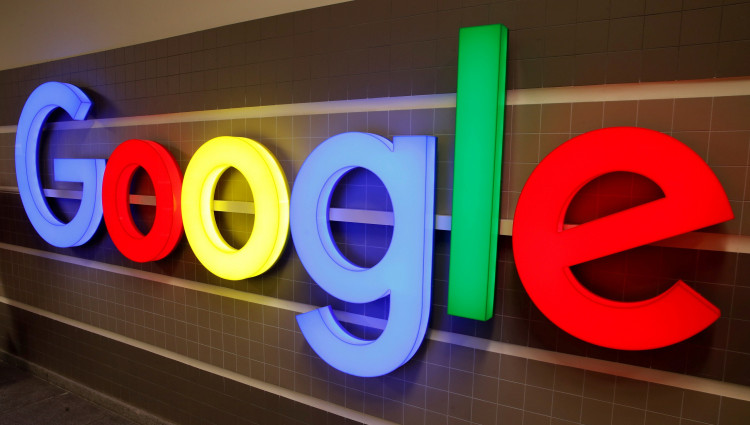Google will start making changes to its Chrome browser starting August. In a new announcement, the search giant said that it would soon block resource-heavy ads to ease the strain on users' home network capacity and phone batteries.
"These ads (such as those that mine cryptocurrency, are poorly programmed, or are unoptimized for network usage) can drain battery life, saturate already strained networks, and cost money," said Marshall Vale, a product manager on the Chrome team in a blog.
Google says that some ads running on Chrome consume a disproportionate share of device resources, specifically network data, and battery. According to the company, it has measured the ads the browser sees and targeted the most egregious ones, meaning those that "use more CPU or network bandwidth than 99.9% of all detected ads for that resource."
If Google finds an ad that uses too many resources, Chrome will show an error page where the ad should have been placed.
The company says that the Chrome browser will not be running ads at the following thresholds: 4MB of network data, 15 seconds of CPU usage in any 30-second period, or 60 seconds of total CPU usage. Only 0.3 percent of ads surpass those thresholds, but the ads that do "account for 27% of network data used by ads and 28% of all ad CPU usage," according to Google.
Google clearly doesn't want users to find fault in its browser and give them a reason to switch. It's presumed that the company will then adjust the thresholds, but without intervening heavily on how advertisers strategize using their ads.
The company instead gave ad creators the option to adjust Chrome's thresholds to fit into their workflows. Google will also share reports with advertisers so they can see how Chrome's ad blocker is impacting their ads.
Not many people know, but Google actually has a built-in ad blocker already. In 2018, the search giant joined the Coalition for Better Ads, a group that sets standards for how businesses and advertisers should improve ads for consumers.
Chrome blocks all ads (including those owned or served by Google) on websites that display non-compliant ads, as defined by the coalition. The company also has a system that can identify "abusive experiences" done to its users. Unlike the new ad-blocker that only targets resource-heavy ads, this feature serves a direct punishment to bad sites and block ads related to those sites outright.



